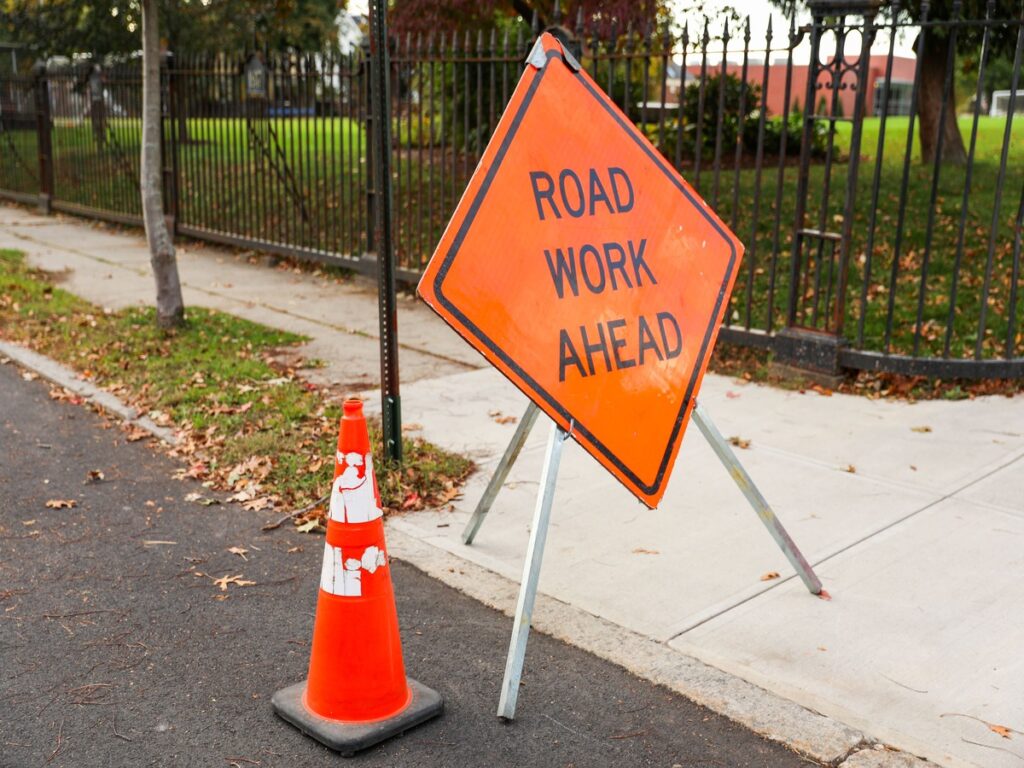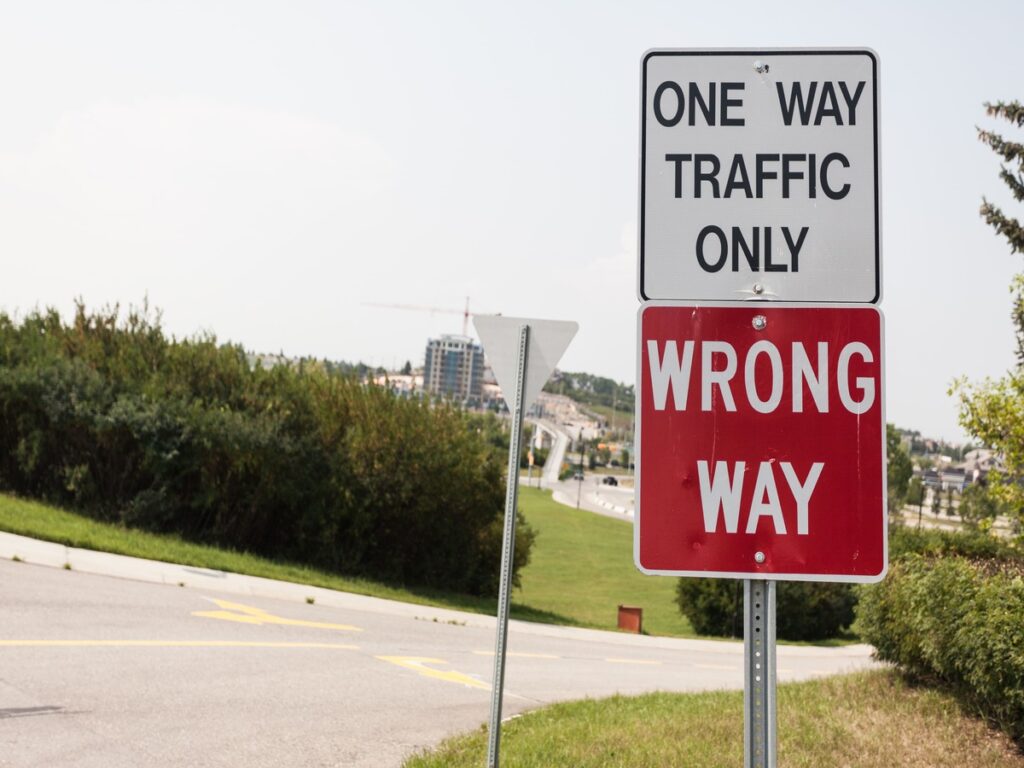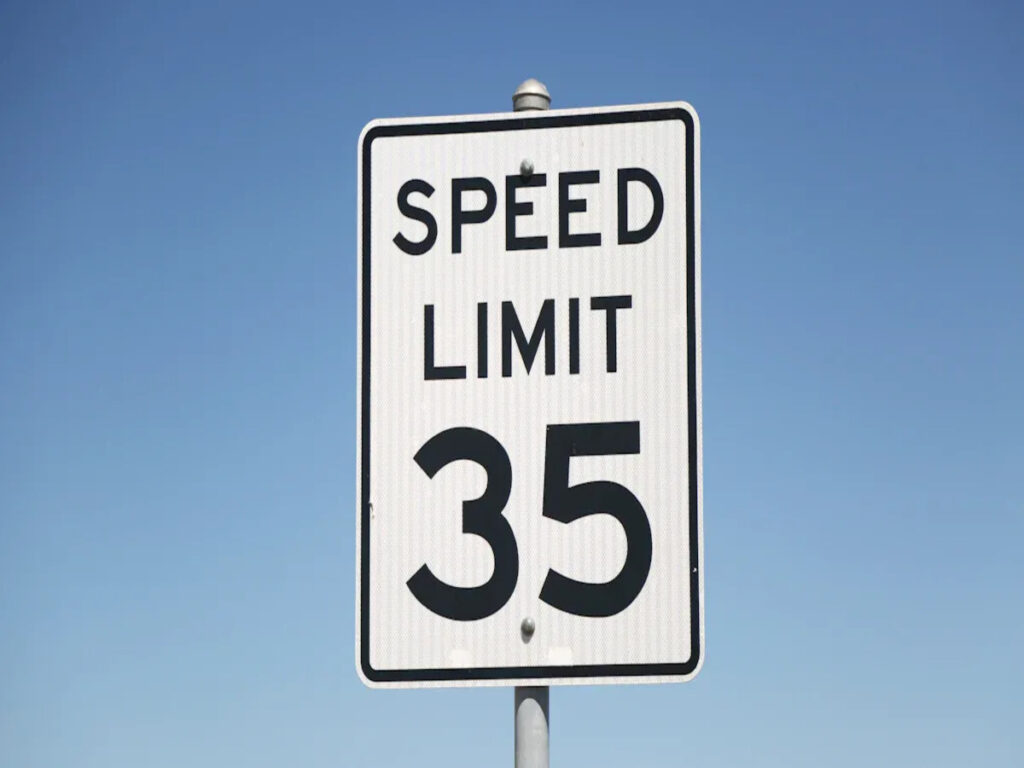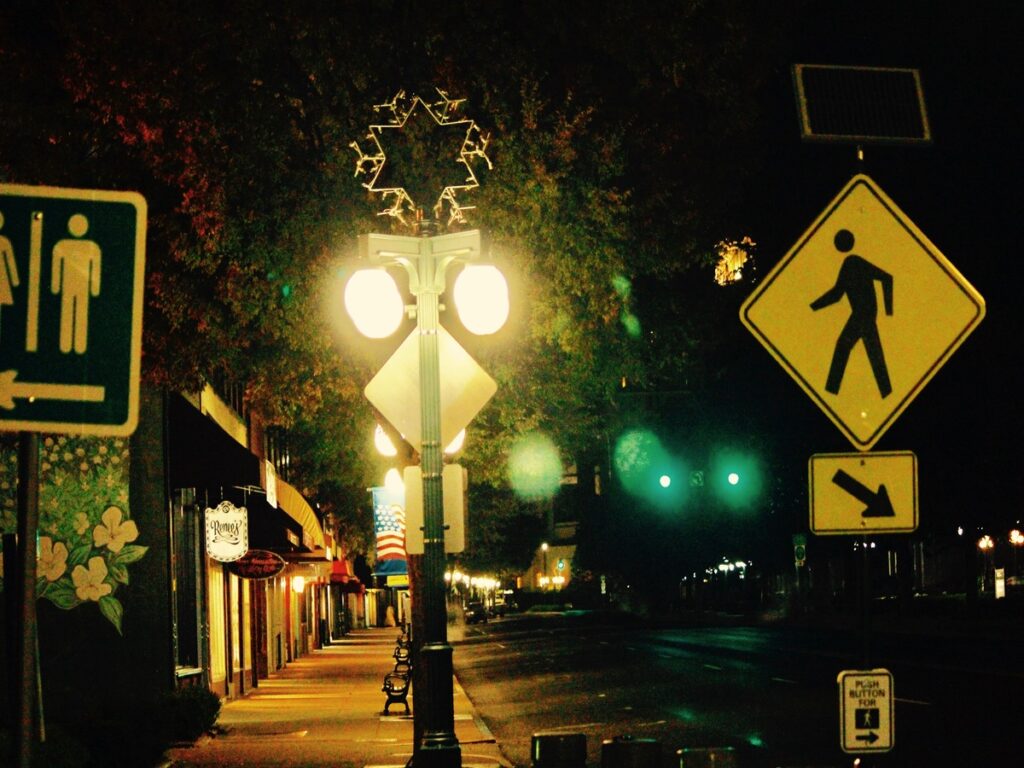
Driving on hilly roads can be tricky. Hills often block your view of cars ahead, creating blind spots. Blind spots make accidents more likely. Intersections with poor visibility make turning even harder. These problems reduce your time to react to dangers. Road sign frames help solve these issues. They hold signs in places where drivers can see them. Raised or bright frames keep warnings clear. This helps drivers make safer choices while driving.
OPTRAFIC proposer cadres de panneaux routiers de haute qualité designed to enhance visibility, even in challenging driving conditions like hilly roads. With durable, raised, and brightly colored frames, OPTRAFFIC ensures that your road signs are easily seen, helping drivers react in time and navigate safely through intersections and blind spots.
Principaux à retenir
- Raised roads can hide cars and people, causing accidents. Knowing these spots is key for safe driving.
- Putting road signs in the right places, like hills or crossings, helps drivers see them and avoid danger.
- Bright or glowing road signs make driving safer at night or in bad weather, cutting crashes by up to 56%.
- Taller sign frames make warnings easier to see at crossings, Aider les conducteurs à rester en sécurité.
- Simple changes in road design and sign spots can greatly lower crashes, showing safety fixes work well.
The Impact of Road Elevation and Blind Spots on Traffic Safety
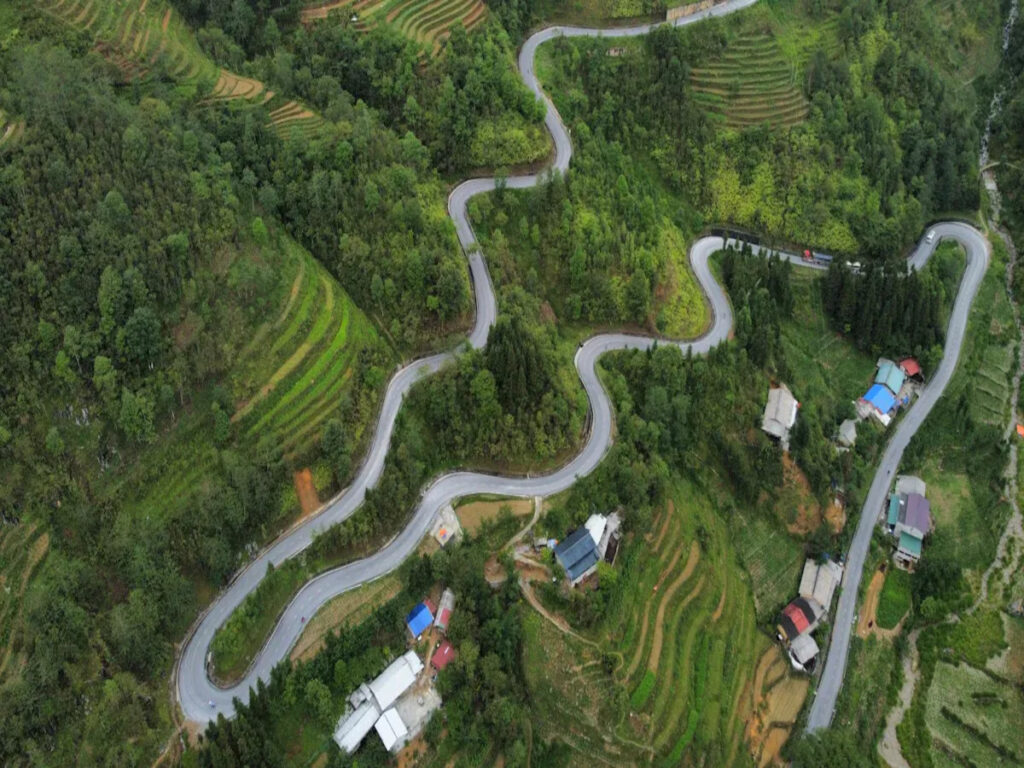
How Road Elevation Creates Blind Spots and Visibility Challenges
Hills and slopes on roads can block your view. Ces blind spots happen when the road’s slope hides cars or objects ahead. Par exemple, at the top of a hill, you might not see a stopped car or a person crossing. This makes it harder to react in time and increases crash risks.
Research shows that blind spots caused by hills lead to many accidents. A tool called “Uncertainty Shadow Safety” checks these risks. It looks at hidden areas around cars and predicts if others might be there. This tool shows how road slopes make driving less safe and why safety steps are needed.
Engineers study how road height changes create blind spots. The table below shows one study’s findings:
| Étude | Se concentrer | Résultats |
|---|---|---|
| Narksri et al. [11] | Relationship between elevation and visibility | Looked at how hills cause blind spots and reduce visibility on roads |
These studies show why fixing visibility problems on hills is important. It can help lower crashes and make roads safer.
How Blind Spots at Intersections Increase Accident Risk
Intersections with bad views can make driving dangerous. Sharp turns and blocked views stop you from seeing cars or people. Cela rend les accidents plus probables, especially if drivers don’t yield or change lanes safely.
Blind spots are worse at intersections with steep slopes. A hill leading to an intersection can hide cross-traffic. This forces drivers to guess and increases crash risks. Even a small mistake can cause a serious accident.
Fixing blind spots at intersections is key to safer driving. Clear road signs, better road designs, and warning systems help drivers spot dangers early. Solving these problems makes intersections safer and reduces crashes.
Road Sign Frames as a Solution to Blind Spots and Road Elevation Challenges

Making Signs Easier to See with Good Placement
Putting road signs in the right spots helps drivers see them better. Signs placed higher or in smart locations are easier to notice. This is helpful on roads with hills or sharp curves that block views. Par exemple, raised warning signs let drivers know about dangers ahead, like steep hills or tight turns.
Studies show that placing signs well makes driving safer. Research by Liu et al. found that clear signs help drivers understand faster and make better choices. Schnell et al. discovered that bigger and brighter signs save time for drivers to react. These findings prove that road sign frames can lower crashes and improve traffic flow.
Helping Night Drivers with Reflective and Lit-Up Signs
Driving at night can be hard, especially on roads with blind spots or curves. Reflective and light-up signs make it easier to see warnings in the dark. Reflective signs bounce light back to drivers, keeping them visible. Signs with LED lights shine brightly, guiding drivers safely through tricky areas.
Studies show these materials make roads safer. Reflective signs can cut deadly crashes by 56% et une blessure s'écrase par 37%. LED lights reduce nighttime crashes by 38% et une blessure s'écrase par 42%. These tools show how advanced sign frames help drivers stay safe at night.
| Type d'amélioration | Résultats |
|---|---|
| Reflective Signs | Can lower deadly crashes by 56% et une blessure s'écrase par 37%. |
| Anti-Glare Coatings | Reduce reflections, making signs easier to read in sunlight. |
| LED Lights | Cut nighttime crashes by 38% et une blessure s'écrase par 42%. |
Keeping Intersections Safe with Clear Signs
Intersections can be dangerous because of blind spots and hills. Road sign frames help by showing clear signs that guide drivers. High signs, like stop or yield signs, give drivers important information early. This reduces confusion and sudden lane changes.
Studies show that good signs make intersections safer. Advance signs help drivers pick the right lane before turning. Variable message signs (Machines virtuelles) also help drivers find exits easily. These signs improve traffic flow and lower crash risks caused by quick moves.
Conseil: Look for high signs and message boards at intersections. They help you drive safely and avoid blind spot risks.
The Role of Road Sign Frames in Enhancing Safety at High-Risk Areas
Keeping Drivers Safe in Construction Zones and Curvy Roads
Construction zones and sharp curves can be dangerous for drivers. These spots often have poor visibility, hiding hazards from view. Road sign frames help by holding signs where drivers can see them. They warn drivers about dangers before they reach risky areas.
Removing clutter near signs makes them easier to notice. Bright and shiny materials help signs stand out, Même dans une faible lumière. Placing signs in the right spots is very important. Par exemple, putting signs at the start of a curve tells drivers to slow down. Research shows better visibility can cut deadly crashes by 56% et une blessure s'écrase par 37%.
Dans les zones de construction, temporary sign frames show drivers safe detours. These frames prevent confusion by marking clear paths. Drivers depend on these signs to stay safe, especially when equipment or barriers block their view.
Helping Drivers in Foggy or Rainy Areas
Foggy roads or heavy rain make it hard to see clearly. Road sign frames with shiny or glowing materials improve visibility in these conditions. Reflective signs send light back to drivers, les rendre faciles à repérer. Signs with LED lights shine brightly, helping drivers at night or in bad weather.
Placing road sign frames high up helps drivers see warnings early. Par exemple, raised signs stay visible above fog or rain. This gives drivers time to react and avoid accidents. Studies show reflective and glowing signs lower crash rates, making them very useful in bad weather.
Road sign frames also help traffic move smoothly in poor visibility. Clear signs reduce confusion and help drivers make smart choices. By guiding drivers safely, these frames make roads safer and prevent crashes.
Études de cas: How Road Sign Frames Improve Safety
Fixing Road Elevation and Placing Sign Frames
Changing road height and placing sign frames smartly can cut crashes. In Lisbon, engineers fixed visibility problems from steep slopes by lifting signs higher. This lowered yearly crashes from 6.0 à 2.0. In Cearfoss, better sign placement stopped crashes completely, dropping the rate from 2.7 à 0.0.
The table below shows how these changes helped:
| Place | Crashes Per Year Before | Crashes Per Year After |
|---|---|---|
| Lisbon | 6.0 | 2.0 |
| Cearfoss | 2.7 | 0.0 |
| Leeds | 3.3 | 4.9 |
| Lothian | 7.7 | 5.1 |
| Taneytown | 5.3 | 0.0 |
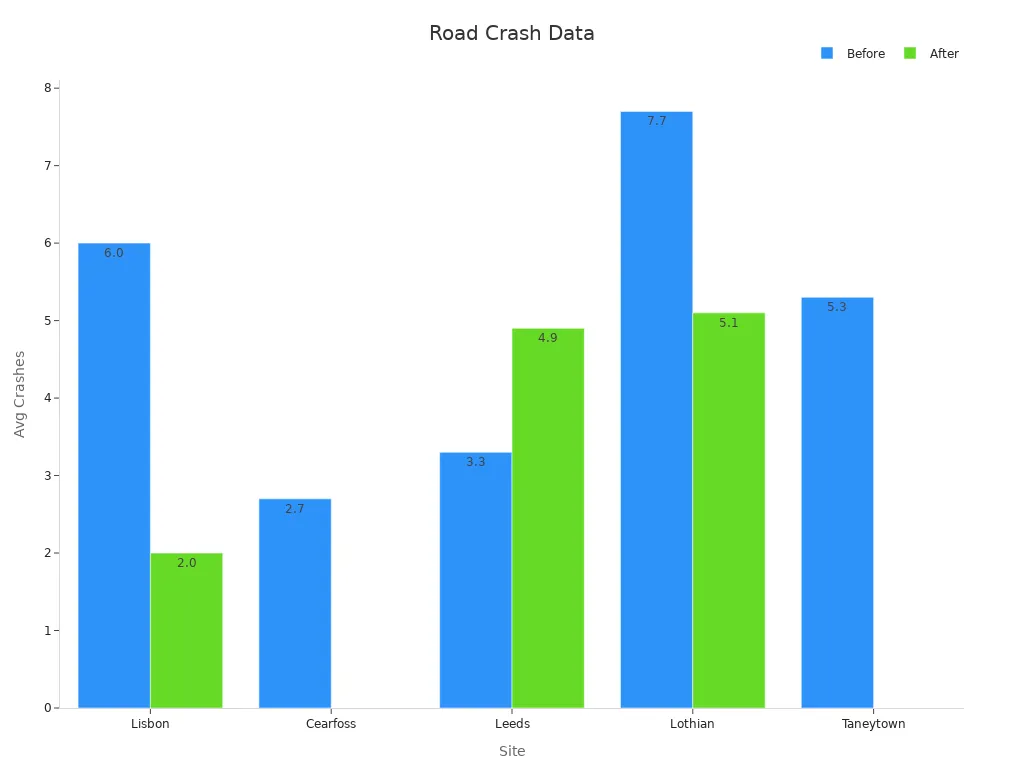
These examples prove that placing signs well improves safety. Small changes in road design can prevent many accidents.
Solving Blind Spots at Intersections with Raised Signs
Blind spots at intersections often cause crashes. Raised sign frames help by keeping warnings easy to see. In City A, adding bright yellow-green signs at crosswalks cut nighttime pedestrian crashes by 35%. In another city, flashing beacons in school zones reduced speeding by 50% during school hours.
Other studies also show raised signs work well. Jacquemart (1998) found a 51% drop in crashes and a 73% drop in injury crashes at roundabouts. Niederhauser, Collins, and Myers (1997) saw crash rates fall by 50% after turning intersections into roundabouts. These results show raised signs make drivers more aware and lower crash risks.
Conseil: Watch for raised signs at intersections. They help you spot dangers early and drive safely.
By fixing blind spots and improving visibility, raised sign frames help prevent crashes and make roads safer.
Road slopes and hidden spots make driving more dangerous. These problems can cause crashes, blessures, or even deaths. Staying alert and driving carefully helps lower these risks. Knowing about blind spots is very important for safe driving.
Road signs with strong frames help drivers see warnings better. Signs in smart spots show dangers early and help drivers react. Keeping signs clear and well-placed reduces accidents and improves traffic flow. When drivers focus on safety and awareness, roads become safer for all.
FAQ
What is wrong-way driving, and why is it dangerous?
Wrong-way driving means going against traffic flow. It can cause deadly head-on crashes. Bad road design, hidden spots, or driver mistakes lead to this. Watching signs and staying alert helps avoid these dangers.
How does road elevation affect driving safety?
Road elevation can block your view of cars or objects. Cela fait des plantages, like rear-end accidents, plus probable. Raised signs and better road designs improve visibility and keep drivers safer.
What are blind spot detection systems, and how do they help?
Blind spot systems use sensors to warn about hidden vehicles. They help drivers avoid hitting pedestrians, cyclistes, or other cars. These systems are helpful in areas with bad visibility.
How can road sign frames prevent wrong-way crashes?
Road sign frames hold signs where drivers can see them clearly. They guide drivers at intersections or on steep roads. Good signs stop wrong-way driving and improve traffic flow.
Why is blind spot management important in road design?
Blind spot management fixes problems caused by blocked views. It uses raised signs and shiny materials to make warnings clear. These steps lower crash risks and make driving safer for everyone.

